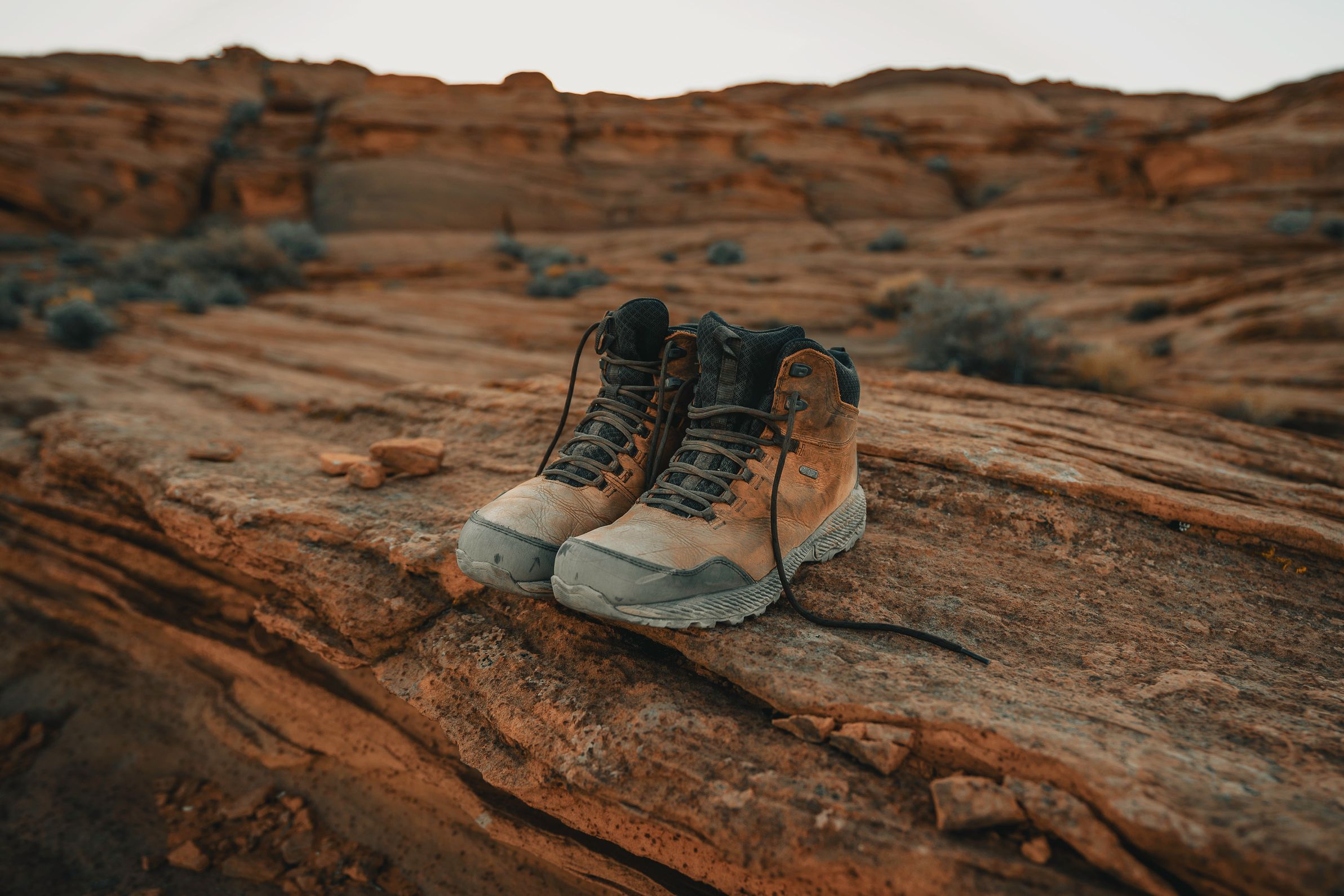If you're a frequent hiker, you know that your feet are your most important tool on the trail. You also understand that taking care of your feet is essential to having a good hiking experience.
One question that many hikers have is: how often should I replace my hiking boots?
In this blog post, we will provide some tips on keeping your feet happy and healthy on the trail, so you can enjoy many miles of hiking bliss!
Why Do Hiking Boots Break Down?

Hiking boots are made to protect your feet from the elements and provide support while you're hiking. But, just like any other piece of gear, they will eventually break down.
The average lifespan of a hiking boot is about 500 miles. However, this can vary depending on the type of boot, how often you hike, and the conditions you hike in.
For example, if you hike in extremely wet or dry conditions, your boots will likely break down sooner than 500 miles.
On the other hand, if you only hike a few miles each week and take good care of your boots, they could last much longer than 500 miles.
The important thing to remember is that you should replace your boots when they start to show signs of wear and tear.
As long as you keep an eye on your boots and replace them when necessary, you'll be able to enjoy many happy miles on the trail!
How to Tell When Your Hiking Boots Need to Be Replaced

Your hiking boots are your first line of defense against the elements, so it's important to make sure they're in good condition.
Here are some signs to look for that indicate it might be time for a new pair of hiking boots:
Worn outsole treads
Worn treads on the outsoles of your hiking boots can cause you to slip on wet or muddy trails. You should replace your hiking boots before the treads become too worn, or you may risk injuring yourself.
Worn-out insoles
Check your insoles regularly for wear and tear. If they start showing signs of misshapen cushioning and loose fit, your hikes will become less comfortable.
You may also experience foot pain if your insoles are worn out.
Loose eyelets
Loose eyelets are pretty easy to spot. If you see that the eyelets on your hiking boots are starting to come undone, it's time to replace them.
If you don't, you risk your laces coming undone mid-hike.
Cracked midsoles
If your midsoles have visible compression lines or cracks, it means they're not providing the support your feet need. This can lead to foot pain on the trail.
They're a definite indication that your old hiking boots need to retire!
Worn or frayed laces
Just like with your eyelets, if your laces are worn or frayed, it's time for new ones. You don't want your laces coming undone while you're hiking!
The friction from the laces rubbing against your boots can also cause wear and tear.
How Often Should You Replace Your Hiking Boots?

Depending on how often you hike and the condition of your boots, you should replace your hiking boots every few years.
If you frequently hike (more than 20 miles per week), you may need to replace your boots yearly.
On the other hand, if you only hike a few times per year, your boots may last several years before they need to be replaced.
Other factors can affect how often you need to replace your hiking boots, such as the type of boot and your hike conditions.
For example, if you hike in wet or dry conditions often, your boots will likely need to be replaced more frequently than someone who hikes in moderate conditions.
The best way to know how often to replace your hiking boots is to check them regularly for signs of wear and tear.
If you see any of the signs we mentioned above, it's time for one or two new pairs of boots!
How To Properly Care For Your Hiking Boots

In addition to replacing your hiking boots when they start to show signs of wear and tear, you should also take care of them on a regular basis.
Here are some tips for properly caring for your hiking boots:
Clean them regularly
After each hike, clean your boots with a soft brush or cloth. This will remove any dirt, mud, or debris that could cause wear and tear.
Condition them regularly
Use a boot conditioner on your hiking boots every few months to keep the leather supple. This will help extend the life of your boots.
Store them properly
Store them in a cool, dry place when you're not using your boots. Avoid storing them in direct sunlight, as this can cause the leather to crack.
Conclusion
Your hiking boots are one of the most important pieces of gear you'll need for a successful hike. Make sure to replace them every few years, or sooner if they start to show signs of wear and tear.
And don't forget to take care of your boots on a regular basis! With proper care, they'll last even longer.
Happy hiking!









